Based on the 1975 novel of the same name by J.G. Ballard, the entire movie can be summed up in the first sentence of Ballard’s novel.
Later, as he sat on his balcony eating the dog, Dr. Robert Laing reflected on the unusual events that had taken place within this huge apartment building during the previous three months.
This is the same way that the movie begins. We see Dr. Laing seated on his balcony seated next to a Labrador Retriever as the voice-over tells us that he is contented. The next moment we see the dog’s leg rotating on a spit turned by Laing. While we are still processing this information, the screen goes dark and takes us back to the day that Laing is moving into his new apartment just 3 months ago.
Laing’s new residence is on the 25th floor of an exquisitely designed 40-story high rise building. Quickly we learn that the higher you go in this tower the more expensive the residences become. So we quickly meet Charlotte (Sienna Miller), the secretary and socialite single mother, that lives just a floor above our protagonist. We also come face to face with Wilder (Luke Evans), a bit of a loose cannon as an uninspired documentary film-maker, and his very pregnant wife Helen (Elizabeth Moss) who live on one of the lower levels with their gaggle of children. Then on the other end of the spectrum, the good doctor is escorted to the penthouse 40th floor where the architect, Royal (Jeremy Irons), lives with his wife who rides her white horse around their gigantic 40th floor terrace garden.
The entire building is extremely lavish in a retro-futuristic way. This is clearly the 1970s as we see by the fashions and the vehicles that some of the men don as they come and go to and from work early in the film. But this retro feel is muted with a cold industrialism that makes this film feel as though it could just as easily be set in the 2070s. Music also plays a huge part in setting the tone of the film. Clint Mansell’s haunting retro-classical score has a disturbing and purposeful presence. It sets us on edge like nails on a chalkboard, including a song that I have now added to my internal playlist, a spooky and emotionally raw remake of the Abba hit S.O.S. by Portishead.
It must be said that this work is very much a product of 1970s Britain and it makes subtle references to many events which happened in the 1970s. This is not to say that you need a history lesson to sort this film out, but if you know a little bit more about it, it might help you see more of the allegory. The Telegraph has a great article on the actual towers that were erected in the 1970s and collapsed into decay.
Ballard wrote this book in this wake of social unrest and political confusion. Bloody Sunday had just taken place in Northern Ireland. Britain was facing a influx of refugees from Idi Amin’s Uganda. Britain, Ireland and Denmark joined the European Economic Community, a precursor of the EU, and the Conservative and Labor parties were locked in disagreement and the country was split. Wait, am I talking about the 1970s or today? The social and economic message of the film is one that will speak to any generation, but with our current climate in America and around the world with Brexit it feels contemporary and timely.
As Laing speaks with Royal, we learn that the building was conceived as a “crucible for change”, and although Royal is vague, we definitely get plenty of change. Civilization starts to break down as power-failures overtake the building. The lower-dwelling citizens begin to make a fuss blaming the problems on the excesses of the higher echelons, while the upper-class see the lower floors as infested with vermin that should be pushed out so they can expand their amenities.
You can see where this is going. Peaches rot in the supermarket, dogs are drowned in the pool, and one resident jumps to his death in one of the most brilliantly shot slow-motion sequences I have seen in years. The theater was silent and transfixed. Parties turn to orgies, and discontent turns murderous as the building descends into anarchy.
Wilder sets himself up as revolutionary leader, mimicking the Che Guevara poster on his wall as he finds his passionate documentary film project. Meanwhile, Royal and the aristocracy plot for their subjugation of the lower class. Caught firmly in the middle, Laing tries to play both sides for is own survival, but the insanity around him is settling in and he is finding a home.
As the film goes on we notice that we very rarely see the outside of the tower. Borders are being closed off and there is brutal infighting and it begs the question of why these people would not just leave the chaos. It is not as though this is the only habitable place in Britain. But they do stay and they are content in their madness. I’m sure this speaks to the current situation of Brexit. Do we stay and rip each other to shreds fighting for our own selfish interests or step outside to find a different way. I don’t know enough about European politics to know if Ballard would have been pro or anti-Brexit but one thing is for sure, you can’t leave without thinking about your own place in the social and economic hierarchy.
If you haven’t seen High Rise I would recommend it. Here in Gainesville, it is still playing at Cyclops Cinema through Thursday July 30th for $5 nightly. After that it will go to the Hippodrome for a week (where tickets are $15). Alternatively, you can already digitally rent it on Amazon or iTunes for about $7.

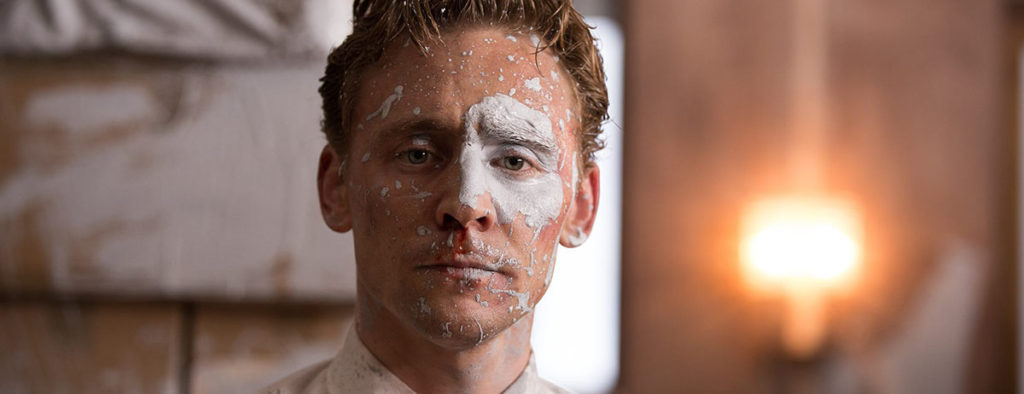
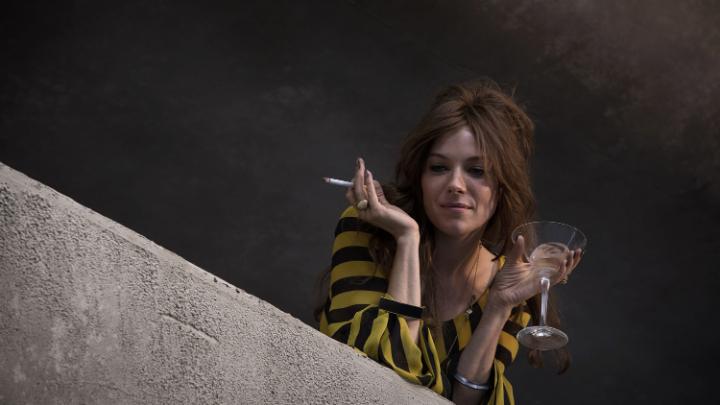
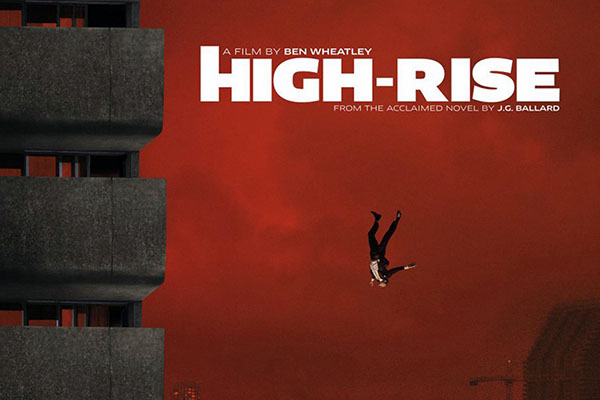
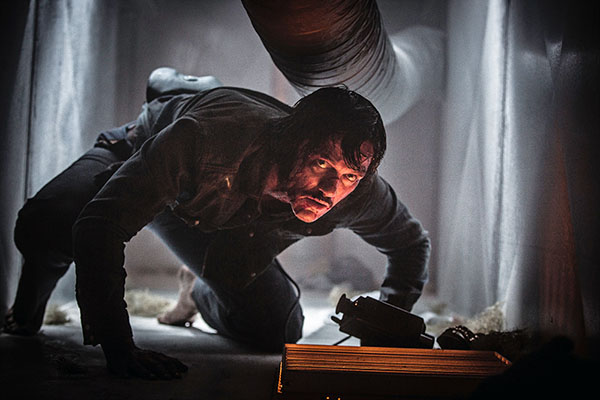
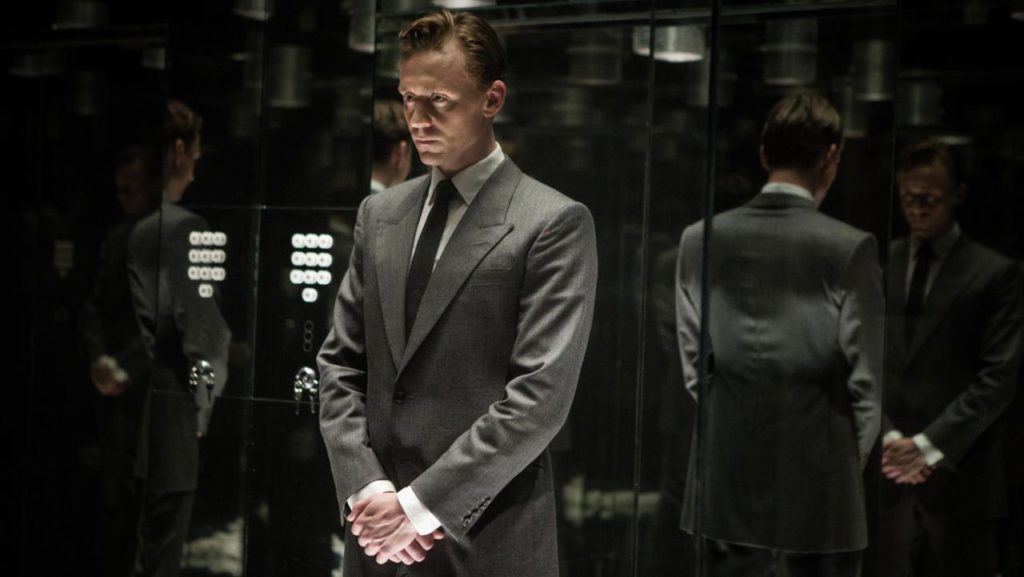
One thought on “High Rise (2016) Review”